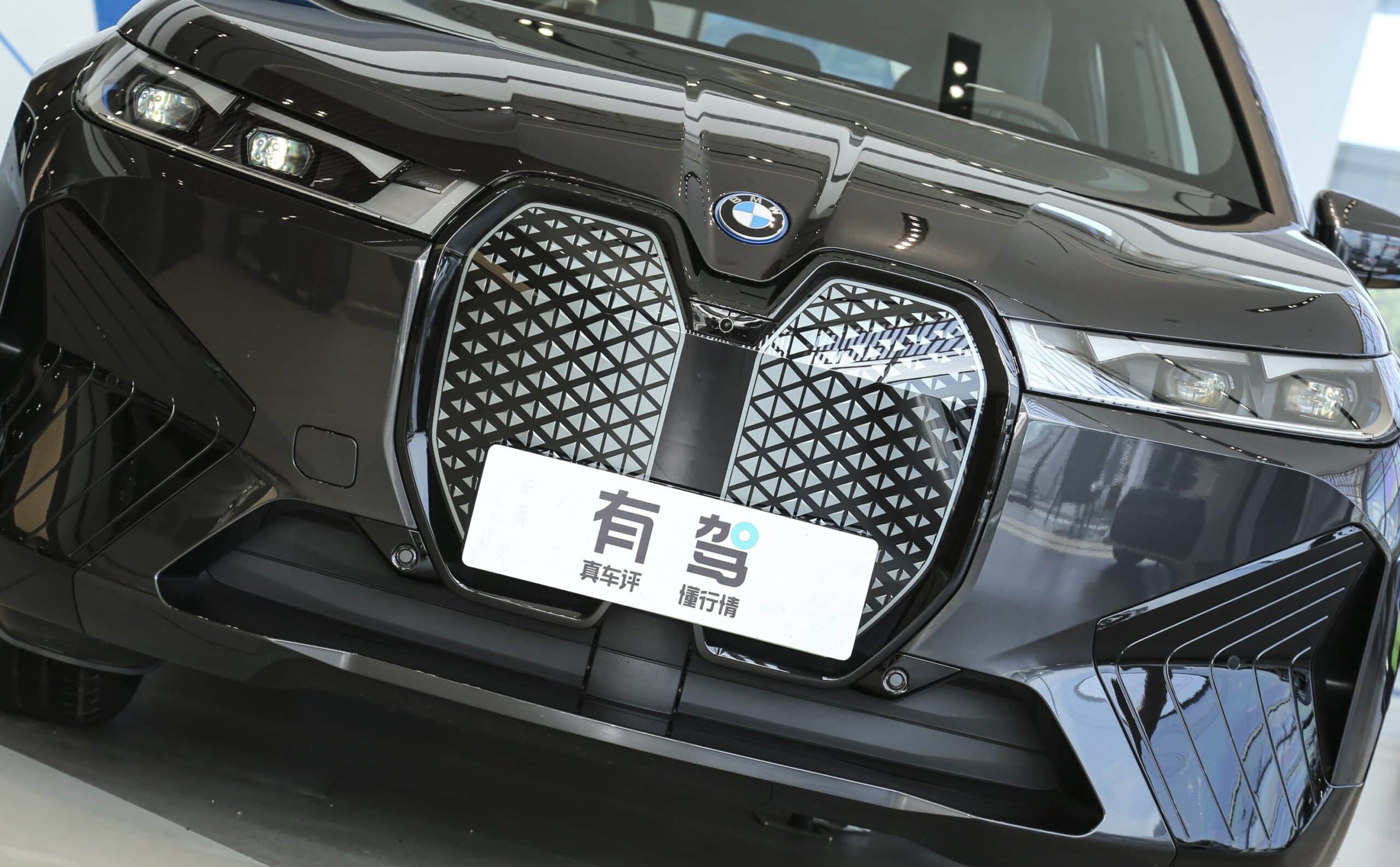China Market Troubles: BMW, Porsche, And The Wider Automotive Struggle

Table of Contents
The Rise of Domestic Chinese Automakers
The rapid growth of domestic Chinese automakers represents a significant challenge for foreign brands. Companies like BYD, NIO, and Xpeng are not only surviving but thriving, leveraging technological advancements and aggressive pricing strategies to capture significant market share. Their focus on electric vehicles (EVs) perfectly aligns with the government's push towards a greener automotive sector and the increasing demand for sustainable transportation in China.
- Successful Chinese EV Models: BYD's Han and Tang models, NIO's ET7 and ES8, and Xpeng's P7 are prime examples of sophisticated EVs boasting advanced features at competitive price points.
- Pricing Comparison: Chinese brands frequently offer comparable features to foreign luxury brands at a significantly lower price, making them highly attractive to budget-conscious consumers.
- Government Support: Substantial government subsidies and incentives for domestic EV manufacturers provide a crucial competitive advantage, further bolstering their growth trajectory. This includes tax breaks, investment in charging infrastructure, and favorable regulatory environments.
Shifting Consumer Preferences in China
Chinese consumers are no longer simply looking for reliable transportation; they are demanding technologically advanced vehicles with innovative designs and strong brand stories. Their purchasing decisions are heavily influenced by online reviews, social media trends, and the recommendations of key opinion leaders (KOLs).
- Highly Valued Features: Connectivity features, advanced driver-assistance systems (ADAS), and autonomous driving capabilities are highly sought after. Stylish designs and premium interiors are also crucial factors in influencing purchase decisions.
- Influence of KOLs: KOLs wield significant power, shaping brand perceptions and driving purchasing behaviors. Positive reviews and endorsements from trusted influencers can significantly boost sales.
- Shift to EVs and Hybrids: The preference for environmentally friendly vehicles continues to rise, fueling the demand for electric and hybrid models.
Economic Headwinds and Supply Chain Disruptions
Economic slowdowns, fluctuating currency exchange rates, and persistent supply chain disruptions pose significant challenges to the profitability of foreign automakers operating in China. These issues create uncertainty and impact both production and sales.
- Economic Growth Impact: Slowdowns in China's economic growth directly correlate with reduced consumer spending and decreased demand for automobiles, especially luxury vehicles.
- Supply Chain Disruptions: Logistics bottlenecks, semiconductor shortages, and disruptions in the supply of raw materials have severely hampered production and led to delays in deliveries.
- Mitigating Supply Chain Risks: Diversifying supply chains, establishing strategic partnerships with reliable suppliers, and investing in advanced forecasting and inventory management techniques are crucial for mitigating these risks.
The Case of BMW and Porsche
BMW and Porsche, despite their established global presence and brand recognition, have experienced challenges adapting to the changing dynamics of the Chinese market. Their sales figures and market share have been impacted by increased competition from domestic brands and evolving consumer preferences.
- Sales Data: Recent reports indicate a decline in sales and market share for both brands compared to previous years, signaling the need for strategic adjustments.
- Marketing and Product Strategies: Both brands have attempted to adapt through targeted marketing campaigns, localized product offerings, and investments in electric vehicle technology.
- Successes and Failures: While some efforts have yielded positive results, others highlight the difficulties in fully grasping and responding to the nuanced demands of the Chinese market. Adapting to the local preferences and engaging with Chinese consumers is vital.
Conclusion: Overcoming China Market Troubles: A Path Forward for Automotive Brands
The Chinese automotive market presents significant challenges for foreign brands. Increased competition from domestic automakers, evolving consumer preferences, and persistent economic and supply chain uncertainties create a complex and dynamic environment. Understanding the nuances of these China market troubles is crucial for survival and success. By adapting to evolving consumer preferences, strategically addressing the competitive landscape, and proactively mitigating supply chain risks, automotive brands can still thrive in this vital market. Further research into the specific needs and demands of the Chinese consumer, coupled with innovative product development and targeted marketing strategies, will be crucial for navigating the future of this dynamic market.

Featured Posts
-
 More Than Bmw And Porsche Examining The China Problem Facing Automakers
Apr 29, 2025
More Than Bmw And Porsche Examining The China Problem Facing Automakers
Apr 29, 2025 -
 Ftc To Challenge Activision Blizzard Acquisition Approval
Apr 29, 2025
Ftc To Challenge Activision Blizzard Acquisition Approval
Apr 29, 2025 -
 Republican Divisions Could Halt Trumps Tax Plan
Apr 29, 2025
Republican Divisions Could Halt Trumps Tax Plan
Apr 29, 2025 -
 Eligibility Of Convicted Cardinal To Participate In Papal Conclave
Apr 29, 2025
Eligibility Of Convicted Cardinal To Participate In Papal Conclave
Apr 29, 2025 -
 Your Guide To Securing Capital Summertime Ball 2025 Tickets
Apr 29, 2025
Your Guide To Securing Capital Summertime Ball 2025 Tickets
Apr 29, 2025
